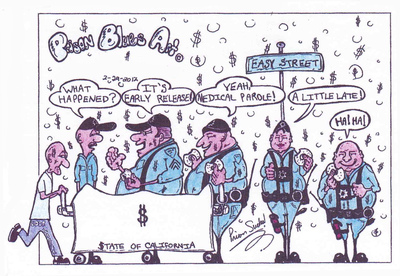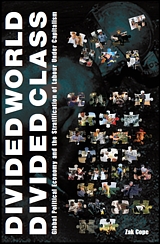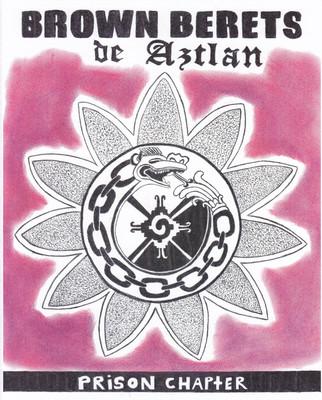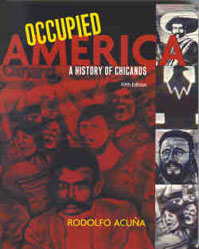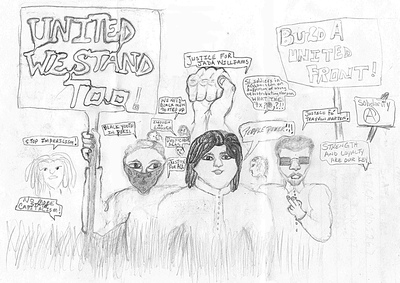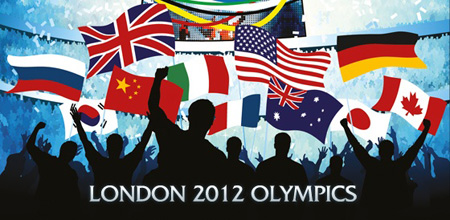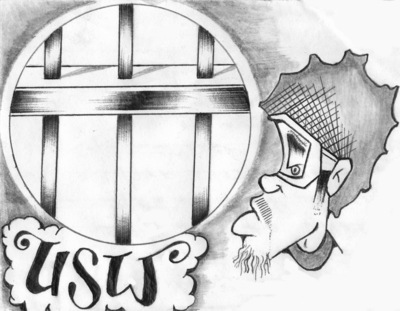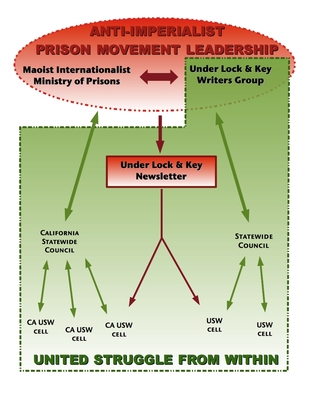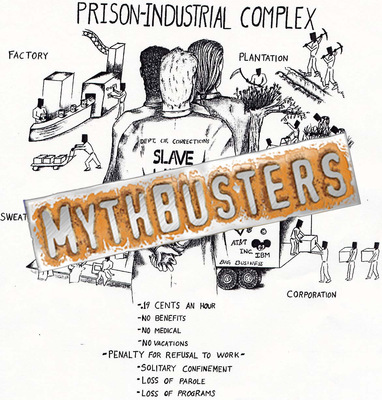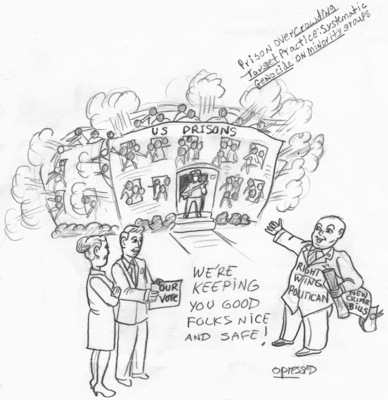
Separating the Strands: Comments on Bromma's "Exodus and Reconstruction"
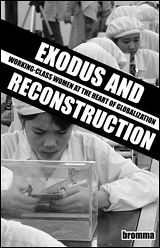
Exodus And Reconstruction: Working-Class Women at the Heart Of Globalization
by Bromma
Kersplebedeb, 2012Available for $3 + shipping/handling from:
kersplebedeb
CP 63560, CCCP Van Horne
Montreal, Quebec
Canada
H3W 3H8
This zine is in the tradition of Night Vision by Butch Lee and Red Rover and other similar works from the same publisher on class, gender and nation. Exodus and Reconstruction: Working-Class Women at the Heart of Globalization is short and by necessity speaks in generalizations, some of which are more evidently true than others. It is definitely a worthwhile read for anyone serious about global class analysis.
The main thesis of the essay is that starting around the 1990s there has been a major upheaval of the countryside in the economic periphery that has particularly affected biological wimmin, pushing them to migrate and join the ranks of the urban proletariat. This reality has major implications for the trajectory of imperialism as well as class struggle. As the author points out, the backwards modes of production in much of the world has provided a ready source of surplus value (s) due to the low capital investment (c) and high labor component (v) of production, the latter of which is the source of all profit. The implication is that while providing a short-term benefit to imperialism by bringing these large populations online in industry, this is undercutting the rate of profit (expressed in the equation s/(c + v) ). Not only that, but the domestic and agricultural labor that often falls on the shoulders of wimmin is important in allowing for super-exploitation of the historically male workers by allowing the capitalists to pay less than they would need to pay single workers to feed, clothe and house themselves. Without the masses living in semi-feudal conditions, continued super-exploitation will threaten the reproduction of the proletariat. In other words, more people will die of starvation and lack of basic needs or wages will need to increase reducing the superprofits enjoyed by people in the First World.
Another component of this phenomenon not mentioned by Bromma is that a large portion of these workers being displaced from their land are from formerly socialist China which had protected its people from capitalist exploitation for decades. So in multiple ways, this is a new influx of surplus value into the global system that prevented larger crisis from the 1980s until recently.
The difference between MIM Thought and the ideology that is presented by Bromma, Lee, Rover and others, is primarily in what strands of oppression we recognize and how they separate out. Their line is a version of class reductionism wrapped in gender. While others in this camp (Sakai, Tani, Sera) focus on nation, they tend to agree with Bromma’s ultra-left tendencies of putting class over nation. Their approach stems from a righteous criticism of the neo-colonialism that followed the national liberation struggles of the middle of the twentieth century. But we do not see new conditions that have nullified the Maoist theory of United Front between different class interests. It is true that anti-imperialism cannot succeed in liberating a nation, and will likely fall into old patriarchal ways, if there is not proletarian leadership of this United Front and Maoism has always recognized that. Yet Mao did not criticize Vietnamese revisionism during the U.$. invasion of southeast Asia to preserve the United Front.(1) For anti-imperialists in the militarist countries it is similarly important that we do not cheerlead the Condaleeza Rice/ Hillary Clinton gender line on occupied Afghanistan. This is an explicit application of putting nation as principal above gender. This does not mean that gender is not addressed until after the socialist revolution as the rightest class reductionists would say. Whether rightist or ultra-left, class reductionism divides the united front against imperialism.
While Bromma puts class above nation, h also fails to distinguish between gender and class as separate strands of oppression.(2) Specifically, h definition of what is exploited labor is too broad in that it mixes gender oppression with exploitation, based in class. The whole thesis wants to replace the proletariat with wimmin, and substantiate this through economics. While the “feminization” of work is a real phenomenon with real implications, it does not make class and gender interchangeable. And where this leads Bromma is to being very divisive within the exploited nations along class and gender lines.
MIM Thought recognizes two fundamental contradictions in humyn society, which divide along the lines of labor time (class) and leisure time (gender).(3) We also recognize a third strand of oppression, nation, which evolves from class and the globalization of capitalism. Bromma argues that wimmin provide most of the world’s exploited labor, listing sweatshops, agricultural work, birthing and raising children, housework and caring for the sick and elderly. But working does not equal exploitation. Exploitation is where capitalists extract surplus value from the workers performing labor. There is no surplus value in caring for the elderly, for example. In the rich countries this is a service that one pays for but still there is no extraction of surplus value. The distinction between service work and productive work is based on whether surplus value is produced or not, not a moral judgement of whether the work is important. The economic fact is that no surplus value is exploited from a nurse working for a wage in the United $tates, just as it is not exploited from a peasant caring for her family members in the Third World. The Third World service workers are still part of the proletariat, the exploited class, but they serve a supporting role in the realization of surplus value in the service sector.
We think Bromma has reduced a diverse group of activities to exploited labor time. Caring for the sick and elderly has no value to capitalism, so there is no argument to be made for that being exploited labor. A certain amount of housework and child raising must be performed to reproduce the proletariat, so Marx would include this in the value of labor power. The actual birthing of children is something that falls in the realm of biology and not labor time. Economically, this would be something that the capitalist must pay for (i.e. proper nutrition and care for the pregnant womyn) rather than something that the capitalist gains surplus value from. While MIM dismissed much of the biological determinism based in child-birthing capability in gender oppression on the basis of modern technology and society, we would still put this in the gender realm and not class.(3)
In reducing all these activities to exploited labor, Bromma is overstating the importance of housewives as sources of wealth for capitalists. If anything the drive to move Third World wimmin into the industrial proletariat indicates that more value is gained from wimmin by having them play more traditional male roles in production in the short term, ignoring the medium-term problem that this undercuts super-exploitation as mentioned above.
The work of raising food and ensuring children survive are part of the reproduction of the proletariat, which under normal conditions is payed for by the capitalist through wages. When wages aren’t high enough to feed a family and the womyn must do labor intensive food production to subsidize the capitalist’s low wages, then we see super-exploitation of the proletariat, where the whole family unit is part of that class even if only the men go to the factories to work. So unremunerated labor within the proletariat, even if it is divided up along gender lines, is part of class. In extreme situations we might say that those forced to stay home and do all the housework are slaves if they can’t leave. In other situations we might see a whole segment of peasants that are subsidizing a class of proletarian factory workers outside of the family structure. Bromma generally implies that gender is an antagonistic class contradiction. While there are contradictions there, h goes too far in dividing the exploited masses who have the same basic class interests opposing imperialism.
Like Bromma does, we too have addressed the situation we find ourselves in where more reactionary, criminal, religious and patriarchal groups are on the front lines of the anti-imperialist movement. Bromma explains this as a result of class and gender interests of these groups. An analysis that is parallel to our own of the rise of fascism in Germany and Italy. Yet we cannot ignore the brutal repression of communism and the promotion of ideologies like Islamic fundamentalism by the imperialists in shaping our current reality. Egypt is a prime example where brutal U.$. dictatorship repressed any socialist leaning political organizing for decades while allowing for the formation of the Muslim Brotherhood who then end up being the only viable option for a new government when the people decide the old puppet Mubarak needed to get out. The role of U.$. imperialism is principal here in forming the new puppet regime and not the class or gender interests of those who won the lottery of being chosen as the new puppets. You can find a minority in any social group who can be bought off to work against their own group without needing to explain it by class interests. On the other hand you have bin Laden’s Al Qaeda, who also received CIA favoritism in opposing social-imperialism and communism, but remained a principled anti-imperialist force when the Amerikans took their stab at controlling the Middle East. The Bromma line would have us lump these groups together in the enemy camp of the bourgeoisie, while Maoists differentiate between the compradors in Egypt and the bourgeois nationalists who take up arms against the occupiers.
No movement is perfect. But Maoism did more to address gender oppression than any other humyn practice since the emergence of the patriarchy. Bromma fails to recognize these advancements in h condemnation of the national liberation struggles that degenerated into neo-colonial and patriarchal states. To fail to emulate and build upon the feminist practice of socialism is a great disservice to the cause of gender liberation.









